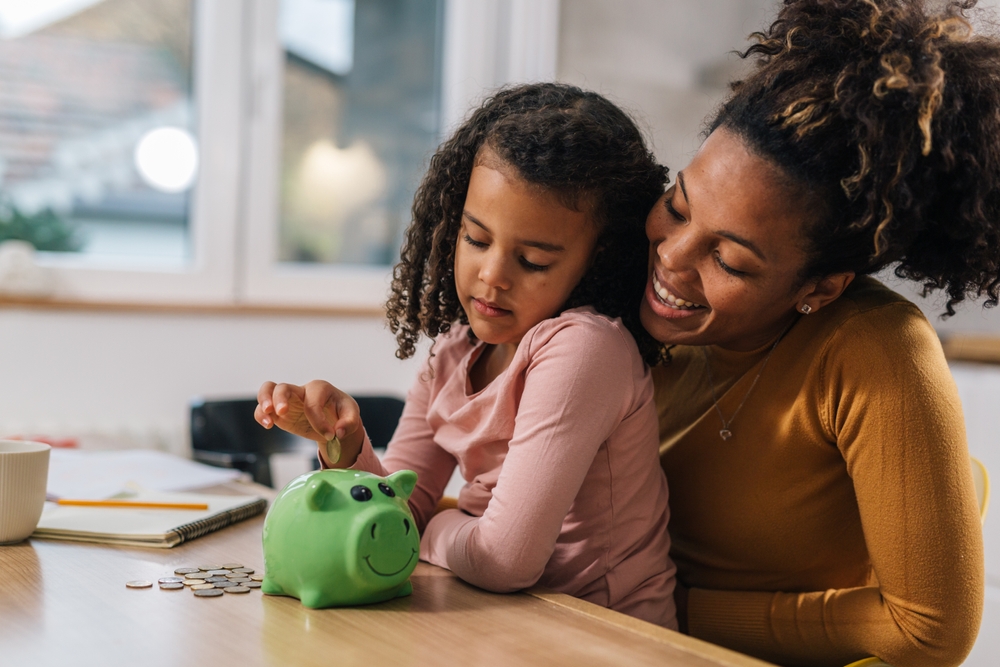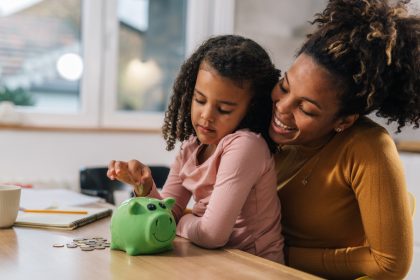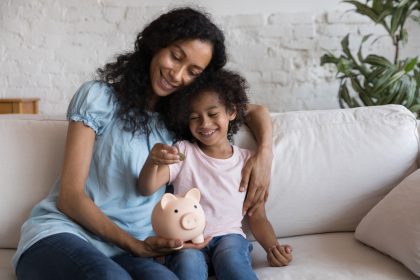In today’s unpredictable world, financial preparedness is not just a smart choice; it is a vital necessity, especially for Black women. Recent events, such as the devastation caused by Hurricane Milton, have underscored the importance of having a robust emergency fund. This article explores the critical need for financial readiness and offers practical strategies to help Black women build and maintain their emergency savings.
The reality of financial insecurity
According to a 2023 survey by Goldman Sachs, a staggering 71% of Black women live paycheck to paycheck, compared to 63% of the general population. This financial strain leaves little room for unexpected expenses, making it increasingly difficult to navigate emergencies, especially during natural disasters.
The challenges faced during Hurricane Milton highlighted this issue. Many Black women had to make tough decisions when evacuation orders were issued, weighing the costs of temporary relocation against the risks of remaining in their homes. For those living paycheck to paycheck, the prospect of hotel bills and lost wages added significant stress, emphasizing the critical need for a well-funded emergency savings account.
The importance of an emergency fund
The Federal Reserve’s 2022 Survey of Household Economics and Decisionmaking (SHED) revealed that only 68% of Black adults could cover a $400 emergency expense using cash or its equivalent, compared to 87% of white adults. This disparity highlights the urgent need for targeted financial education and support within the Black community.
Strategies for building your emergency fund
So, how can Black women ensure their emergency funds are prepared for the unexpected? Here are some actionable strategies:
- Start where you are: Don’t let perfection hinder progress. Even saving $20 a week can accumulate to over $1,000 in a year, which can cover essential expenses during emergencies.
- Automate your savings: Set up automatic transfers to your emergency fund each payday. Treat it like a bill you must pay yourself. Apps like Digit or Qapital can help by analyzing your spending and saving small amounts automatically.
- Diversify your emergency fund: Consider keeping some funds in a high-yield savings account for easy access and some in a money market fund for potentially higher returns. Websites like Bankrate.com can help you compare options.
- Plan for specific scenarios: Beyond a general emergency fund, consider setting aside funds for specific risks, such as potential evacuation costs if you live in a hurricane-prone area.
- Leverage community resources: Look into local organizations that offer emergency preparedness workshops or financial coaching. Many credit unions and community centers provide these services for free or at low cost.
- Build skills to boost your income: Investing in yourself can increase your earning potential and ability to save. Platforms like Skillshare or Coursera offer courses in various fields, often with financial aid options.
- Review and adjust regularly: Your emergency fund needs may change over time. Review your fund every few months and after any major life changes.
A journey toward financial resilience
Building an emergency fund is a journey, not a destination. It may take time to save several months’ worth of expenses, but every dollar set aside strengthens your financial resilience. The key is to start and maintain consistent progress, regardless of how small the initial steps may seem.
As Black women, we often bear the weight of financial responsibility not only for ourselves but also for our families and communities. By prioritizing our emergency funds, we are not just safeguarding our futures; we are fostering resilience that extends beyond ourselves, empowering our families and communities to thrive in the face of adversity.
Financial preparedness is essential for Black women navigating today’s uncertain landscape. By implementing these strategies, we can build a secure financial foundation that protects us and our loved ones during unexpected challenges.















